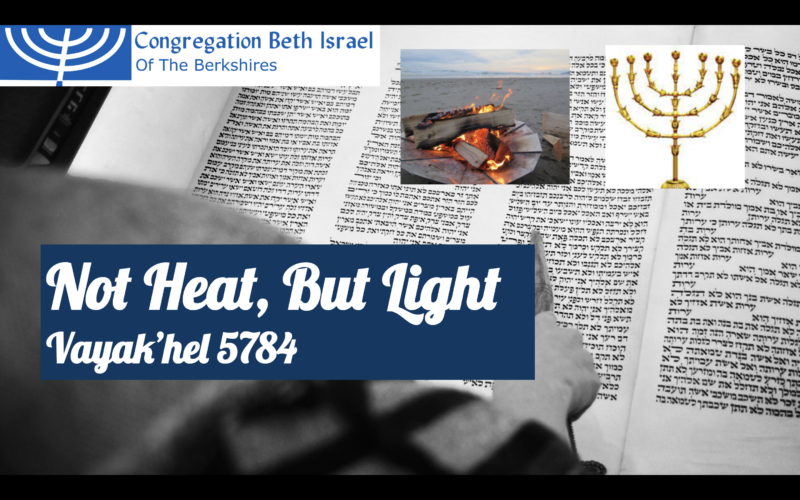This week’s Torah portion, Vayak’hel, begins: “וַיַּקְהֵ֣ל מֹשֶׁ֗ה אֶֽת־כּל־עֲדַ֛ת בְּנֵ֥י יִשְׂרָאֵ֖ל / Moses convened the whole community of the children of Israel…” The word I’m translating here as “convened” is vayak’hel. It’s the same root as the word kahal, community. Moses communified the community. He called the community into being by bringing the people together.
In the wake of the the Gaza ceasefire resolution recently proposed in Williamstown, I’ve had a lot of conversations in the last few weeks with members of the CBI community about whether we feel like one Jewish community, and whether we feel connected with the non-Jewish community around us. And do we need to agree in order to be in community?
Maybe the children of Israel felt like one unified community at this moment in our Torah story. They’d just received the second set of tablets of the Ten Commandments; maybe their shared experience or shared values united them. Or, maybe they came to see themselves as one community through the work of literally building a spiritual home for the Holy together.
But first Moses reminds us that on six days we may work, but the seventh day is Shabbat; on it we kindle no fires. Obviously the plain meaning of the text is that on Shabbat we don’t strike a match, or build a fire, or engage in the “work” of burning things. Even the holy work of building a home for God* (*whatever that word means to each of us) pauses for Shabbes.
Reading this verse this year, what came up for me was the flame of anger and the smolder of fear. I know that many of us are carrying fear these days. Fear about rising antisemitism. Fear about whether public support for Gaza translates into hatred of Jews. Fear about what this year’s Presidential election might bring. Fear about the climate crisis and our planet.
And I know that many of us are carrying anger. Maybe we’re angry at government dysfunction that’s preventing aid from reaching people who desperately need it. Or we’re angry at the terrible realities of humanitarian crisis. Or we’re angry because we feel helpless. All of these are fires in our minds and our hearts and our bellies, usually banked but always burning.
Shabbat is our primary spiritual oxygen mask. And in times like these, we need that oxygen mask more than ever. Can we genuinely take one day a week away from all of those flames? Six days a week those fires may be burning in us, but what if on Shabbat we could put a lid on the flames and seek solace together? That’s one of the spiritual tools that our tradition offers.
Torah goes on to describe how everyone brought items of beauty for the building of the mishkan, the portable dwelling-place for God that we carried with us in the wilderness. Blue, purple, and crimson yarns. Silver and copper and gold. Fine linen and leather and acacia wood. Woven wool, and precious stones. The description is so detailed I can almost feel it.
That’s another spiritual tool: our souls need beauty. There’s beauty in this building, in the warm wood and the bright copper that evoke that mishkan. There’s beauty out our windows, in our giant willow tree and the meditation labyrinth and the hills. Whether it’s via nature, or art, or music, finding beauty in the world isn’t just a luxury. I think our souls actually need it.
And then Torah offers elaborate detail about the construction of the menorah, the golden lampstand at the front of the mishkan. The golden menorah was ornamented like a flowering tree, connecting us with the natural world. It had golden cups to hold oil, shaped like almond blossoms. The flowers had petals and calyxes, the sepals that enclose flower petals.
This golden tree-shaped menorah had seven lights, like the seven days of the week or the seven colors of the rainbow. Some say the menorah symbolized universal enlightenment, or the six branches represent human knowledge and the seventh one in the center represents divine wisdom. Regardless, the purpose of a menorah is simple: it’s there to shed light.
We need community. We need oxygen. We need to put out the smoldering embers of anxiety and despair. We need beauty. And we need light. People talk about conflict generating more heat than light? We need it to be the other way around. In place of the fires of our fears and our conflicts, we need the light of wisdom, the light of insight, the light of hope.
I want to give each of us permission to put on the oxygen mask that is Shabbat. To seek out something beautiful that nourishes the spirit. To take a break from the news and the doomscrolling and the low smolder of anxiety and anger and fear. To seek sources of light. And it turns out that we can maintain these as a spiritual practice during the week, too.
Maybe you know this already: what we feel in our hearts and souls impacts what happens in our bodies. When we marinate in fear or anger, conflict or despair, we can literally become sick. I read a powerful interview with Amy Lin recently in which she notes that acute grief sent her to the hospital with blood clots. And we know that anxiety can manifest in the body as illness.
Many of us know these truths intimately, these days. The horrors of October 7 continue to reverberate as hostages taken that day remain captive. Meanwhile now we also sit with the horrors of humanitarian crisis in Gaza. For many of us, the grief and anxiety feel like a kind of constant low-level poison to our hearts and spirits – and, increasingly, to our bodies.
Our world is full of reasons to feel disconnected or anxious, angry or afraid. But we do not help those who are suffering by letting our grief and anger sicken us. We have to find a way to be otherwise. Torah this week comes to remind us that like our ancient spiritual ancestors we too need community, and we need a break from burning, and we need beauty, and we need light.
Shabbat shalom.
This is the d’varling that Rabbi Rachel offered at Kabbalat Shabbat (cross-posted to Velveteen Rabbi).






